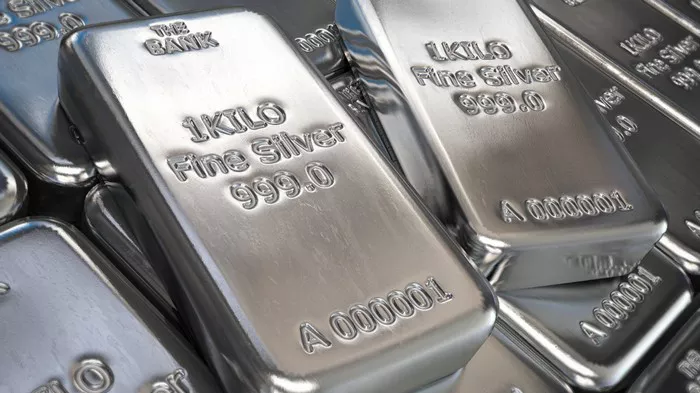Sterling silver, admired for its lustrous appearance and versatility, is a popular choice for jewelry and various silverware items. The value of sterling silver is often determined by its purity, commonly expressed as 925. In this exploration, we delve into the factors influencing the worth of 925 sterling silver.
1. The Definition of 925 Sterling Silver
925 sterling silver refers to a silver alloy composed of 92.5% pure silver and 7.5% other metals, usually copper. This alloy is renowned for its durability and ability to resist tarnishing while maintaining the desirable qualities of silver.
2. Understanding the Market Value of Silver
The value of sterling silver is intrinsically linked to the overall market value of silver. This market value is influenced by global supply and demand dynamics, economic conditions, and fluctuations in the precious metals market.
3. Calculating the Pure Silver Content
To determine the pure silver content in a piece of 925 sterling silver, multiply the weight of the item by the silver purity percentage. For example, if you have a 50-gram piece, the pure silver content would be 50 grams * 0.925 (or 92.5%) = pure silver content.
4. The Role of the Silver Spot Price
The silver spot price serves as a benchmark for assessing the current market value of one troy ounce of silver. This spot price is subject to changes based on global economic factors, making it a key component in gauging the worth of 925 sterling silver.
5. Calculating the Intrinsic Value
To calculate the intrinsic value of 925 sterling silver, multiply the pure silver content by the current silver spot price. This provides the raw or intrinsic value of the silver content based on weight and purity.
6. Additional Costs and Considerations
The actual market price may exceed the intrinsic value due to additional costs and considerations:
Manufacturing Premium:
The cost associated with crafting and manufacturing the silver item, accounting for design, labor, and refining.
Retail Markup:
Retailers often add a markup to cover their operating costs and generate a profit when selling sterling silver items.
Transaction Costs:
Fees related to buying or selling silver, including any taxes, shipping, or insurance.
7. Quality and Craftsmanship Impacting Value
The overall quality and craftsmanship of a sterling silver item can influence its value. Intricate designs, attention to detail, and superior craftsmanship may command higher prices in the market.
Conclusion: The Versatile Elegance of 925 Sterling Silver
In conclusion, the worth of 925 sterling silver is a multifaceted consideration involving purity, weight, market dynamics, and additional costs. Whether acquired for its intrinsic value, aesthetic appeal, or both, sterling silver represents a versatile and enduring choice in the world of jewelry and silverware.
As consumers navigate the value of their sterling silver possessions or contemplate new acquisitions, a comprehensive understanding of these factors empowers them to make informed decisions. The enduring elegance of 925 sterling silver continues to captivate individuals, reflecting not only its market value but also its timeless allure in the realm of precious metals.

